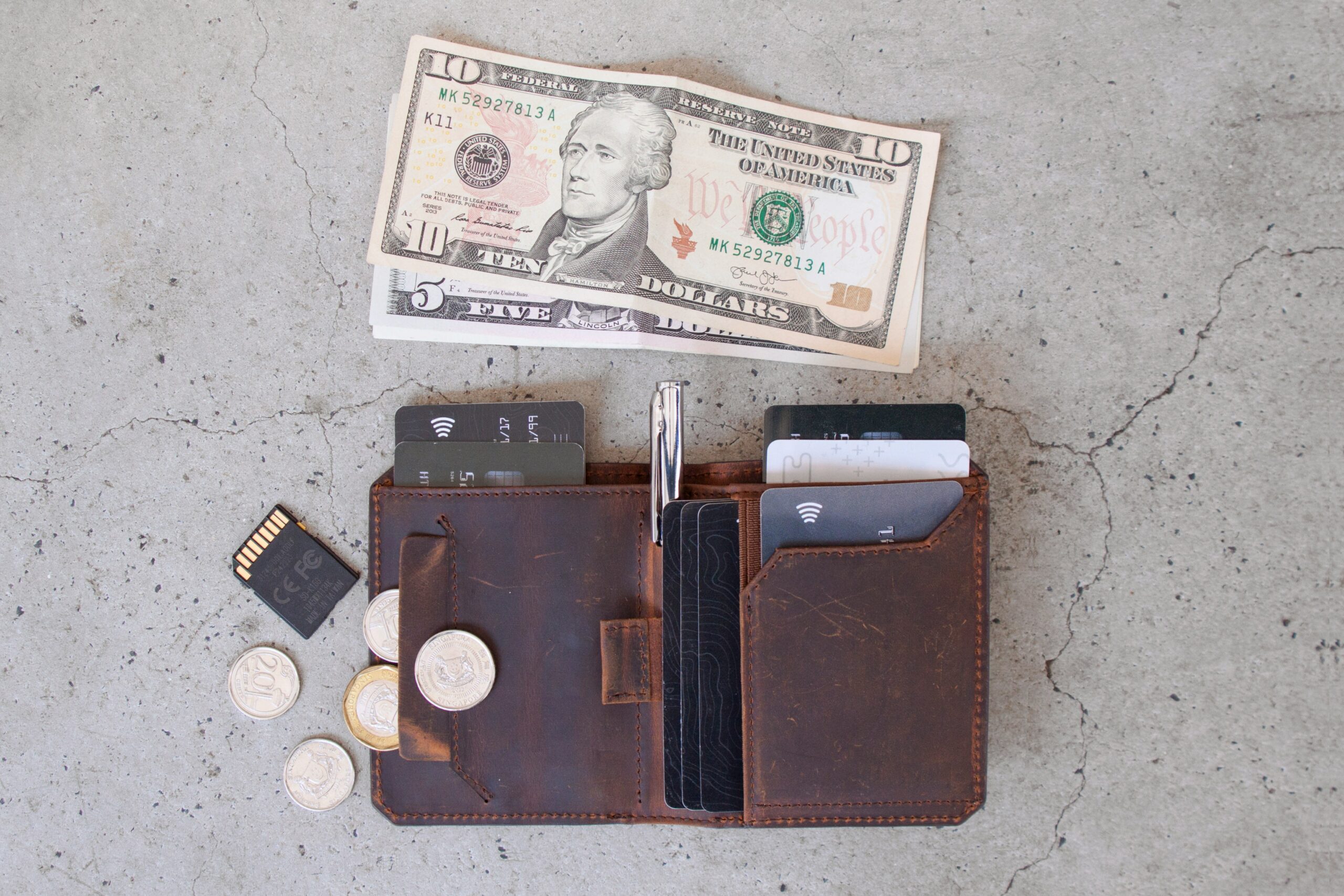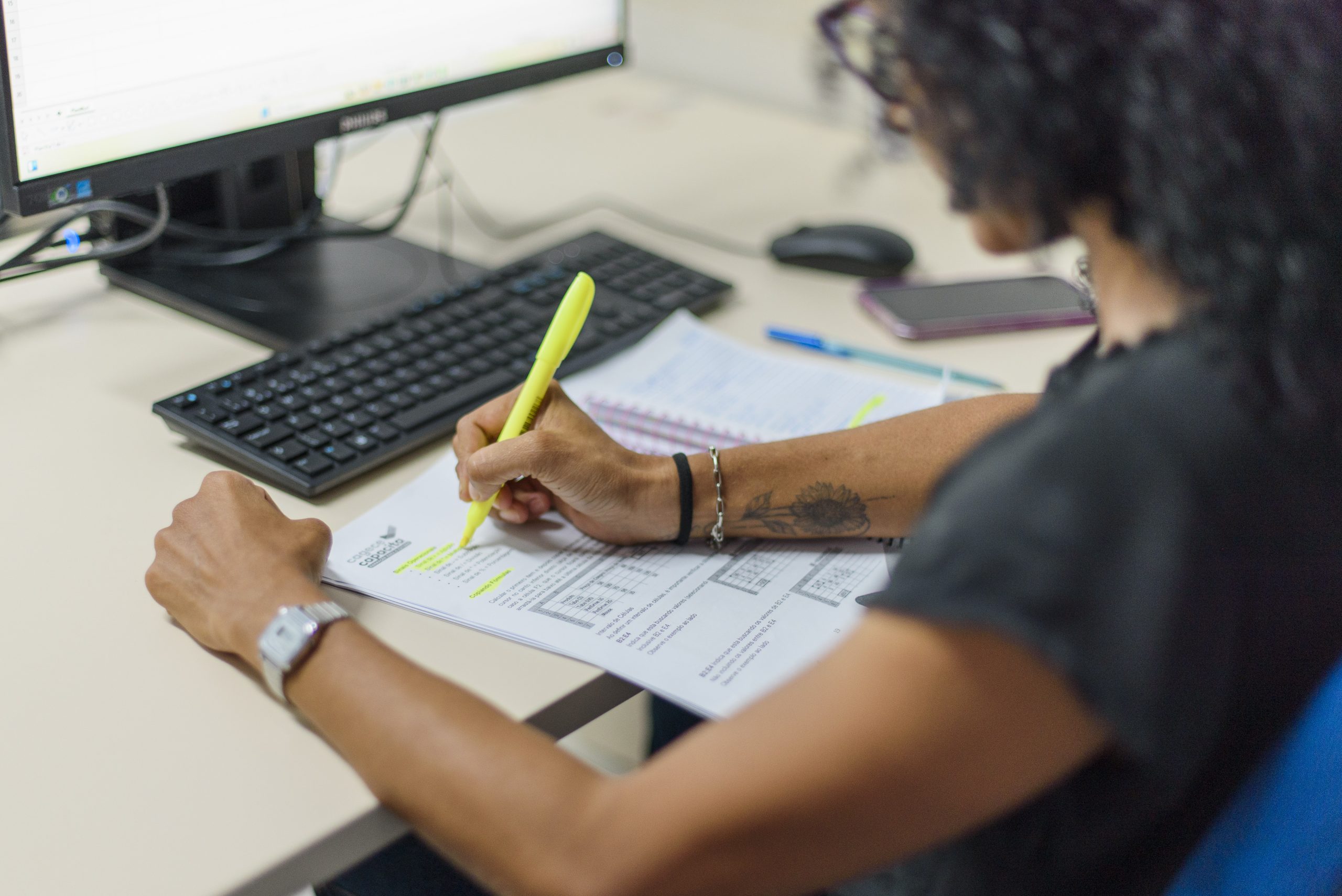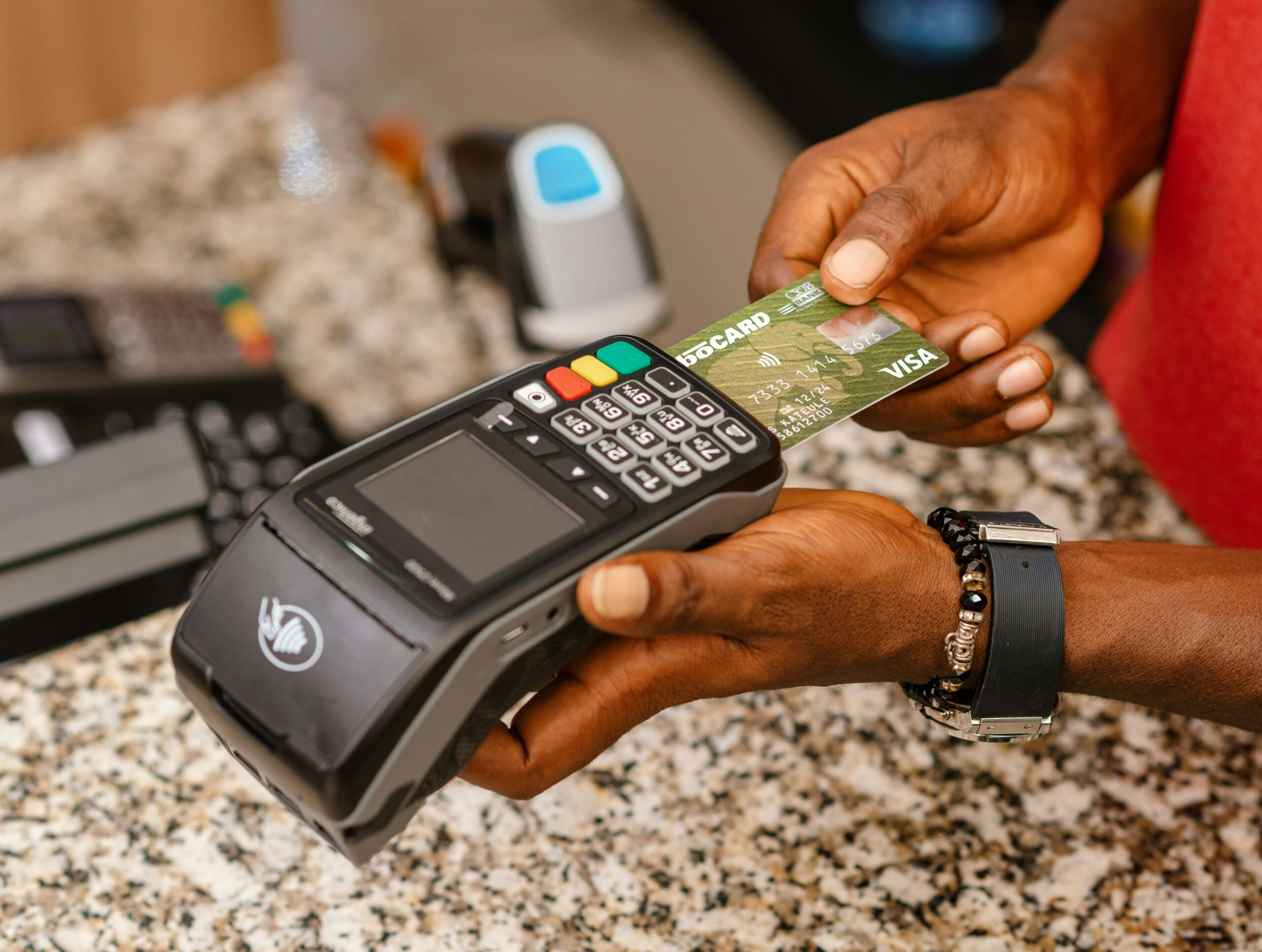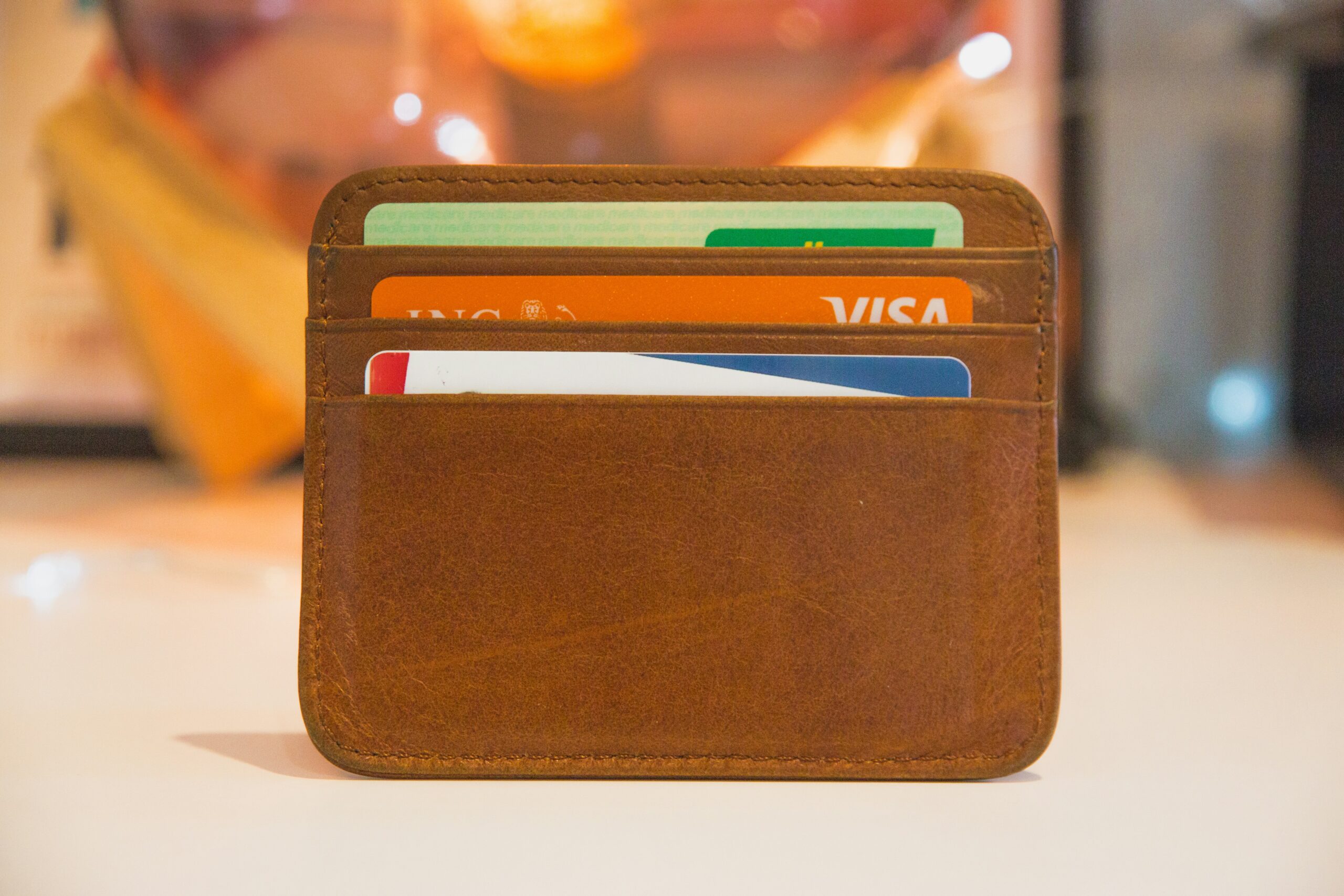Managing your personal finances can feel overwhelming—especially if you’re just starting out. But the good news is that creating financial stability doesn’t require an advanced degree in economics. All it takes is a willingness to learn and a commitment to taking consistent action. In this guide, you’ll discover seven simple steps to organize your personal finances, gain control over your money, and start building a solid financial foundation.
Prefer audio? Listen to this article on Spotify.
Step 1: Understand Where Your Money Goes
Before you can manage your money, you need to know where it’s going. For at least one month, track every expense. This includes rent or mortgage, bills, groceries, dining out, subscriptions, and even small purchases like coffee.
There are many tools to help with this, such as:
- Spreadsheets (Google Sheets, Excel)
- Budgeting apps (Mint, YNAB, EveryDollar)
- Notebooks or journals
Once you see your actual spending habits in black and white, you’ll likely notice some patterns and areas where you can cut back.
Step 2: Set Financial Goals
Having clear goals gives your money a purpose. Start by asking yourself what you want to achieve financially in the short term, mid-term, and long term.
Here are some common financial goals:
- Pay off debt
- Build an emergency fund
- Save for a vacation
- Buy a house
- Invest for retirement
Be as specific as possible. Instead of saying, “I want to save money,” say, “I want to save $3,000 in six months for an emergency fund.” This gives you direction and motivation.
Step 3: Create a Monthly Budget
Budgeting is the backbone of financial organization. It’s essentially a plan for how you’ll spend and save each month. One of the most popular methods for beginners is the 50/30/20 Rule:
- 50% for Needs (rent, bills, groceries)
- 30% for Wants (dining out, entertainment)
- 20% for Savings and Debt Repayment
You can adjust the percentages based on your personal situation, but the key is to assign every dollar a job.
Step 4: Build an Emergency Fund
An emergency fund is money set aside to cover unexpected expenses like car repairs, medical bills, or sudden job loss. Without one, these events can quickly turn into financial crises.
Aim to save at least three to six months’ worth of living expenses. Start small if needed—just $500 or $1,000 can make a big difference. Keep this money in a separate savings account that’s easy to access but not too easy to spend.
Steps to Build an Emergency Fund | Securian Financial
Step 5: Get Out of Debt
Debt can feel like a heavy weight that prevents financial progress. Focus on paying down high-interest debts first, such as credit card balances or personal loans.
Two popular methods are:
- Debt Snowball: Pay off the smallest debt first while making minimum payments on the rest.
- Debt Avalanche: Focus on paying off the debt with the highest interest rate first.
Both strategies work. Choose the one that feels more motivating for you.
Step 6: Start Saving and Investing
Once you’ve built a small emergency fund and are making progress on your debt, it’s time to grow your wealth. Start by setting up automatic transfers to savings or investment accounts.
Good starting points for beginners include:
- High-yield savings accounts (for short-term savings)
- Roth IRAs or traditional IRAs (for retirement)
- Index funds or ETFs (low-cost, diversified investments)
Don’t wait until you “have enough.” Investing small amounts consistently is more powerful than waiting for a big windfall.
Step 7: Review and Adjust Monthly
Your financial life will change—new goals, new expenses, even new income. Make it a habit to review your finances at the end of each month. Ask yourself:
- Did I stay within budget?
- Did I save or invest?
- Did I overspend in any category?
- Do I need to update my goals?
Making this part of your monthly routine helps you stay in control and on track.
Read more: Foolproof Tips to Get Out of Debt This Year
Final Thoughts: Financial Freedom Starts with a Plan
Organizing your personal finances doesn’t require perfection. It requires a plan and the discipline to stick with it. By following these seven steps, you’ll build habits that lead to financial security, less stress, and more freedom in your life.
Remember: progress is better than perfection. Start small, stay consistent, and give yourself credit for every step you take.












Leave a Reply